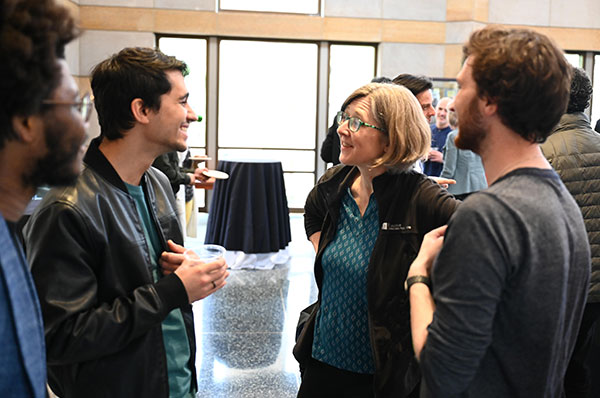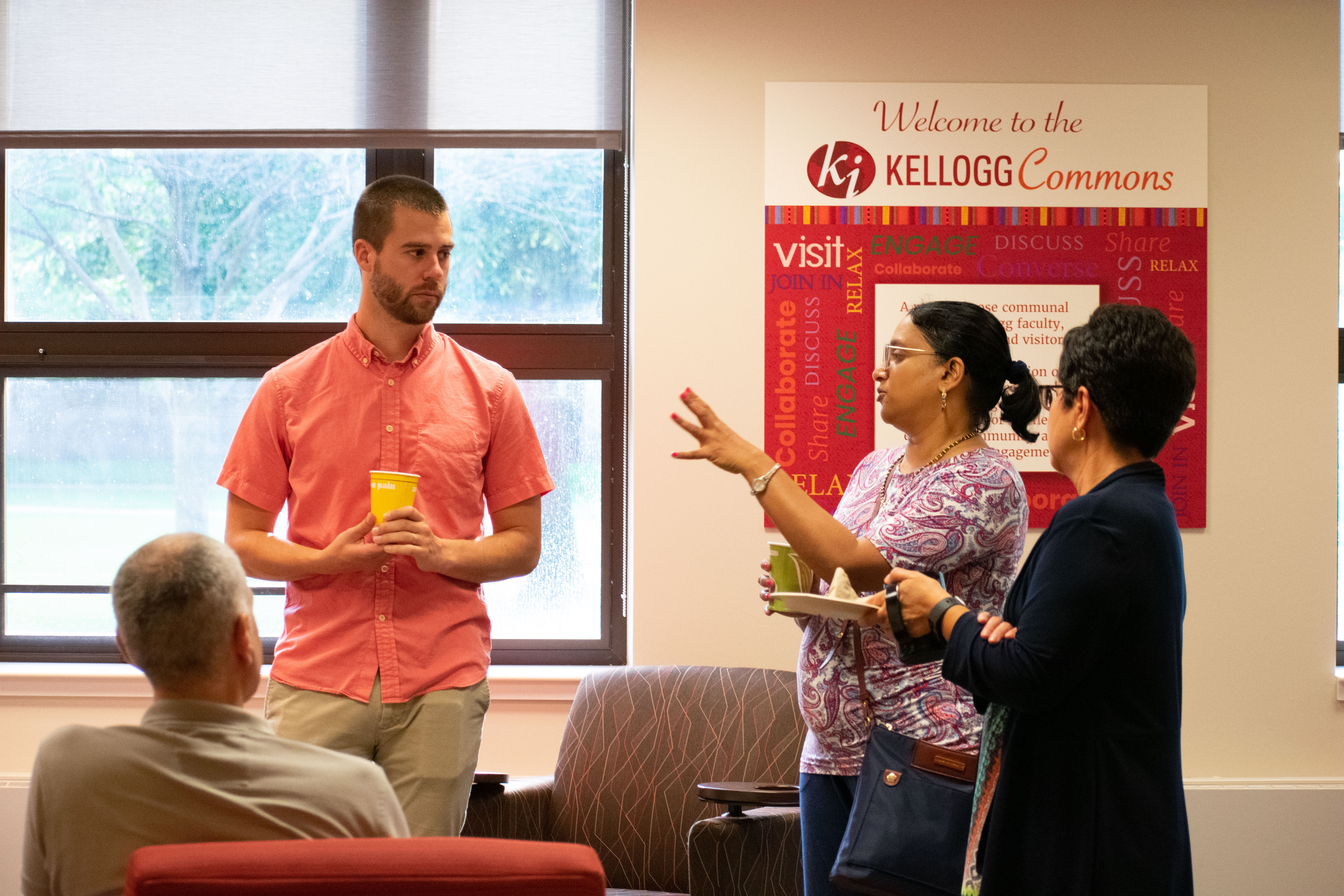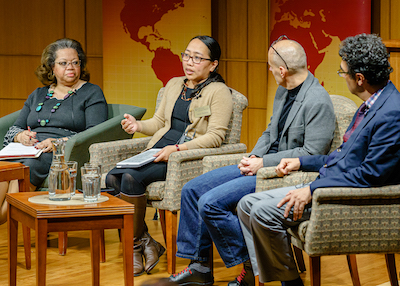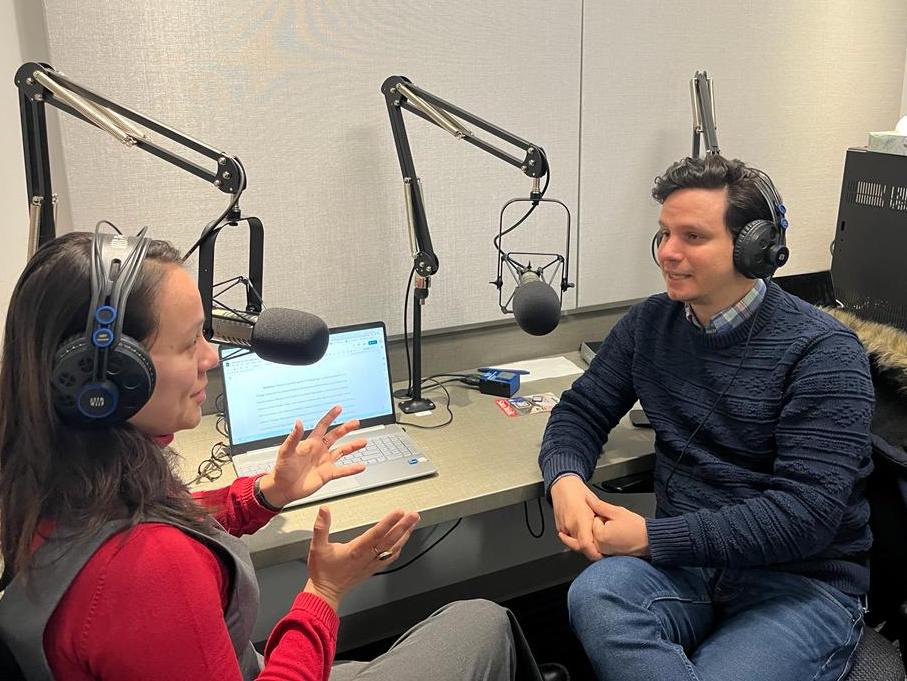Fire, Amnesty, Erasure, and Memory: The Battle Over the Narrative of the Palace of Justice Sige in Colombia

Legacy Lecture:
The assault on Colombia’s Palace of Justice, the judicial branch’s headquarters, took place on November 6, 1985, when a 35 strong commando of the outlaw M-19 guerrilla movement violently entered the building located in front of the Capitol in downtown Bogotá. Their alleged purpose was to demand that the Supreme Court invoke a public trial of then president Belisario Betancur for, in their words, “betraying a national desire to end the war through negotiations and public participation,” which was agreed to with the signing of a ceasefire and the establishment of a national dialogue on August 24, 1984.
The Armed Forces reacted within minutes with a large deployment of about 5,000 army and police members with heavy weaponry. As stated by the Truth Commission in its report, the security forces carried out their actions with excessive force. There is no unified data, but the estimate is that the massacre meant the loss of at least 100 lives and, according to judicial sentences, the disappearance of 11 persons and the torture of several more at the hands of the security forces.
In this lecture, Helena Urán will focus on the question, “Why have the wounds caused by the attack on the Palace of Justice in Colombia not yet healed?” This research contributes to the debate on how official and alternative narratives influence the recognition of victims and transitional justice in Colombia.
More Information
Cosponsored with Kroc Institute for International Peace Studies.





